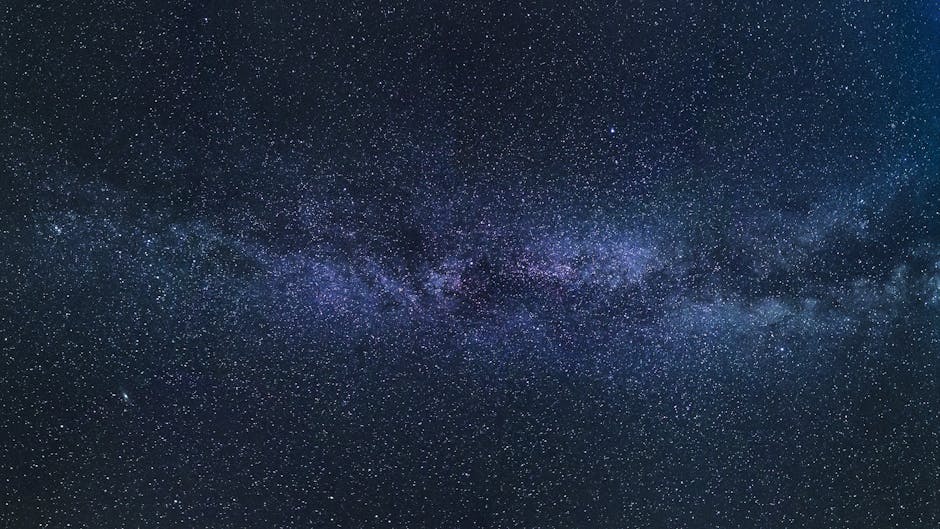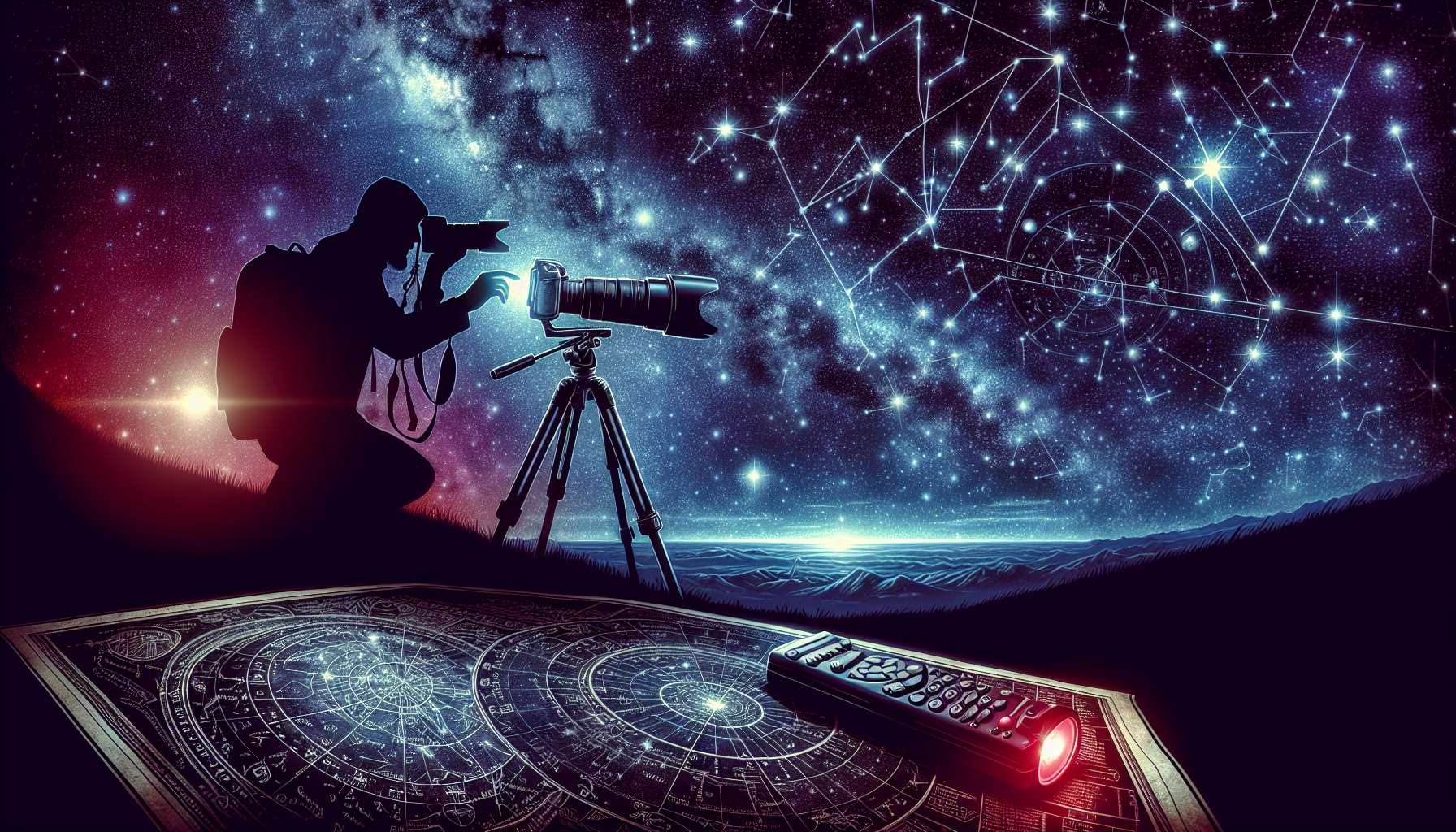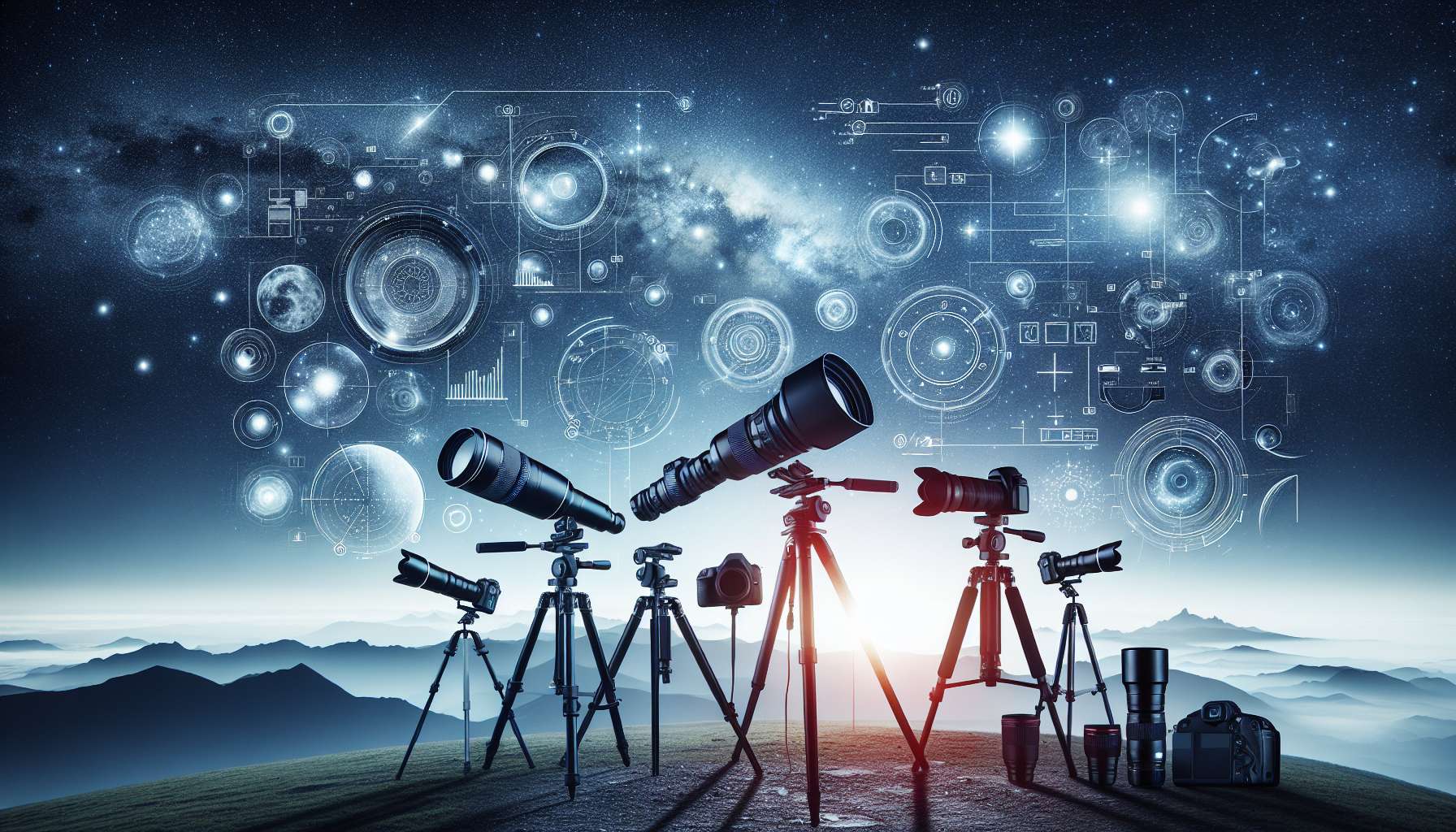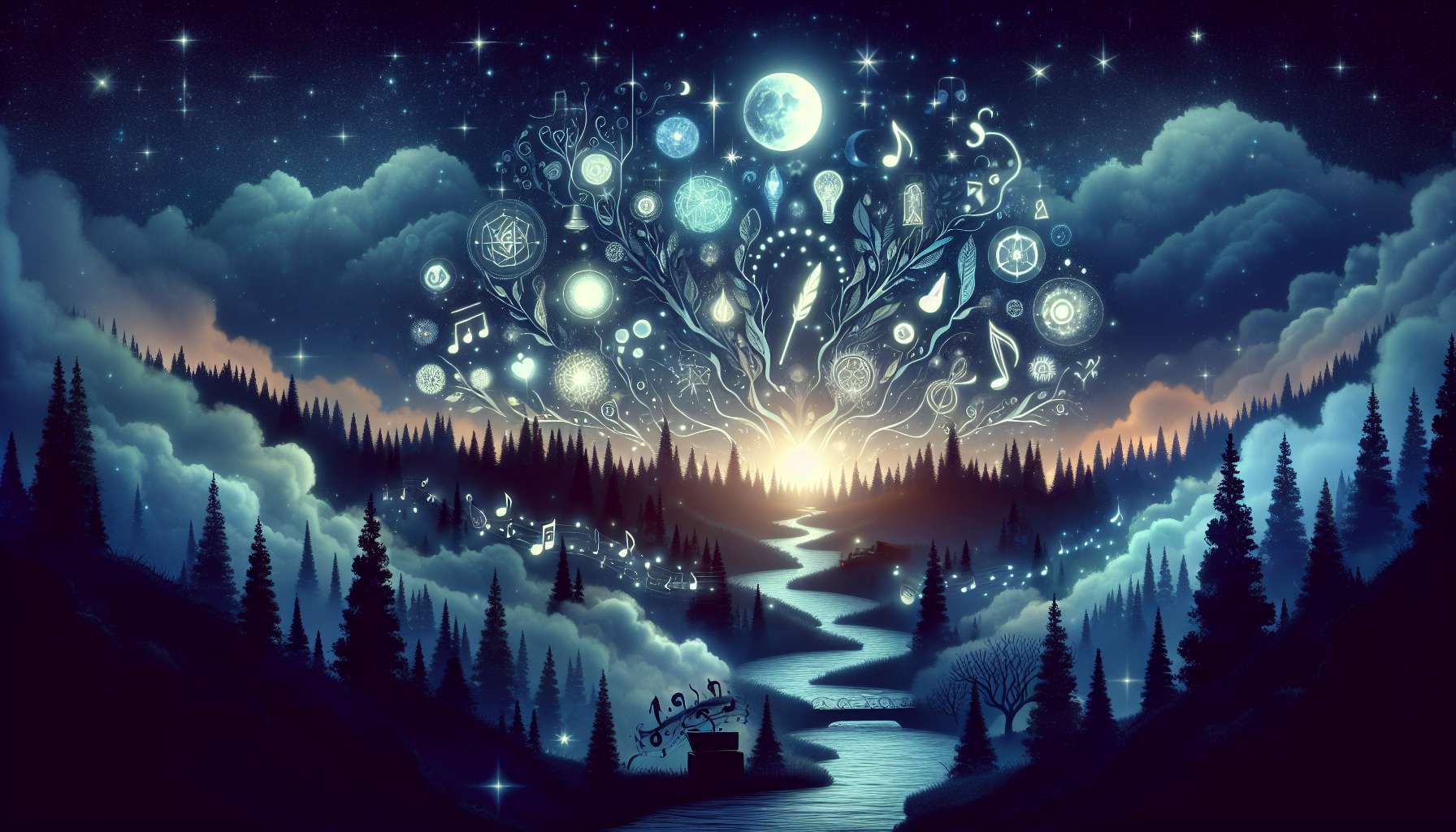Astro-photography Techniques: Capturing the Universe Through Your Lens
Have you ever gazed up at the night sky, in awe of the vast expanse of stars and galaxies stretching out before you? Imagine being able to capture that beauty and wonder through the lens of a camera, freezing those fleeting moments in time for all to see. This is the magic of astro-photography, a specialized form of photography that allows us to explore the cosmos in ways we never thought possible.
In this article, we will delve into the fascinating world of astro-photography techniques, from the basics of capturing stunning images of the night sky to the advanced methods used by professionals to unlock the secrets of the universe. Join us on this journey as we uncover the technical intricacies, artistic challenges, and sheer beauty of capturing the cosmos through a lens.
The Basics of Astro-photography
Before we dive into the more advanced techniques of astro-photography, let’s start with the basics. To capture stunning images of the night sky, you’ll need a few essential tools: a DSLR camera with manual settings, a sturdy tripod to keep your camera steady, and a remote shutter release to minimize camera shake. Additionally, investing in a fast wide-angle lens with a low aperture can help you capture more light and detail in your images.
To get started, find a dark location away from city lights where you can see the stars clearly. Set up your camera on the tripod, point it towards the night sky, and adjust the settings to a high ISO, wide aperture, and long exposure time. Experiment with different settings to find the perfect balance between capturing enough light and minimizing noise in your images.

Tracking the Stars
One of the key challenges in astro-photography is capturing sharp images of stars and planets as they move across the sky. To overcome this, many photographers use star trackers, specialized mounts that rotate your camera to compensate for the Earth’s rotation. This allows you to take longer exposures without the stars appearing as streaks in your images.
Star trackers come in a variety of designs, from simple manual mounts to advanced motorized systems that can track celestial objects with precision. By using a star tracker, you can capture stunning images of the night sky with pinpoint accuracy, revealing the intricate patterns and colors of the cosmos in ways that are impossible to see with the naked eye.
Deep Sky Imaging
For photographers looking to capture more detailed images of galaxies, nebulae, and other deep-sky objects, advanced techniques such as stacking and image processing are essential. Stacking involves taking multiple images of the same object and combining them to reduce noise and enhance detail. This process can reveal hidden structures and colors in deep-sky objects that are invisible to the naked eye.
Image processing is another crucial step in deep sky imaging, where photographers use software such as Photoshop or Lightroom to enhance the colors, contrast, and clarity of their images. By carefully adjusting the levels, curves, and colors in their photos, photographers can create stunning images that rival those taken by professional telescopes.

Time-lapse Photography
One of the most captivating aspects of astro-photography is the ability to create time-lapse videos of the night sky, capturing the movement of stars, planets, and galaxies over hours or even days. To create a time-lapse, photographers take a series of long-exposure images at regular intervals and combine them into a seamless video using software such as Adobe Premiere or LRTimelapse.
Time-lapse photography allows us to witness the beauty of the cosmos in motion, revealing the subtle changes and patterns of the night sky that are invisible to the naked eye. By capturing the passage of time in the night sky, photographers can create mesmerizing videos that transport viewers to the far reaches of the universe.
Expert Opinions
We reached out to renowned astro-photographer, Dr. Sarah Johnson, for her insights on the importance of astro-photography techniques. According to Dr. Johnson, “Astro-photography allows us to explore the beauty and mystery of the cosmos in ways that are impossible with the naked eye. By capturing the subtle colors and patterns of the night sky, we can gain a deeper appreciation for the wonders of the universe.”
Dr. Johnson also emphasized the technical challenges of astro-photography, saying, “Achieving sharp, detailed images of stars and planets requires a combination of technical skill, patience, and creativity. By mastering the art of astro-photography, photographers can unlock new perspectives on the beauty and complexity of the cosmos.”
Common Misconceptions
One common misconception about astro-photography is that you need expensive equipment to capture stunning images of the night sky. While high-quality cameras and lenses can certainly enhance the quality of your photos, it is still possible to create beautiful astro-photography with entry-level equipment and a basic understanding of the techniques involved.
Another misconception is that astro-photography is reserved for experts or professionals in the field. In reality, anyone with a passion for astronomy and photography can learn the techniques and skills needed to capture stunning images of the night sky. With practice, dedication, and a willingness to experiment, you can embark on your own astro-photography journey and discover the wonders of the cosmos.
Conclusion
To wrap things up, astro-photography techniques offer us a unique glimpse into the beauty and mystery of the cosmos, allowing us to explore the wonders of the universe from the comfort of our own backyard. By mastering the technical intricacies, artistic challenges, and creative possibilities of astro-photography, we can capture stunning images of the night sky that inspire awe and wonder in viewers around the world.
Whether you’re a seasoned astro-photographer or a beginner looking to explore the cosmos through your lens, the techniques and tips discussed in this article can help you take your astro-photography to new heights. So grab your camera, head outside, and start capturing the beauty of the universe one frame at a time.




